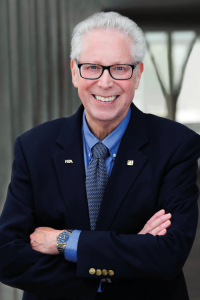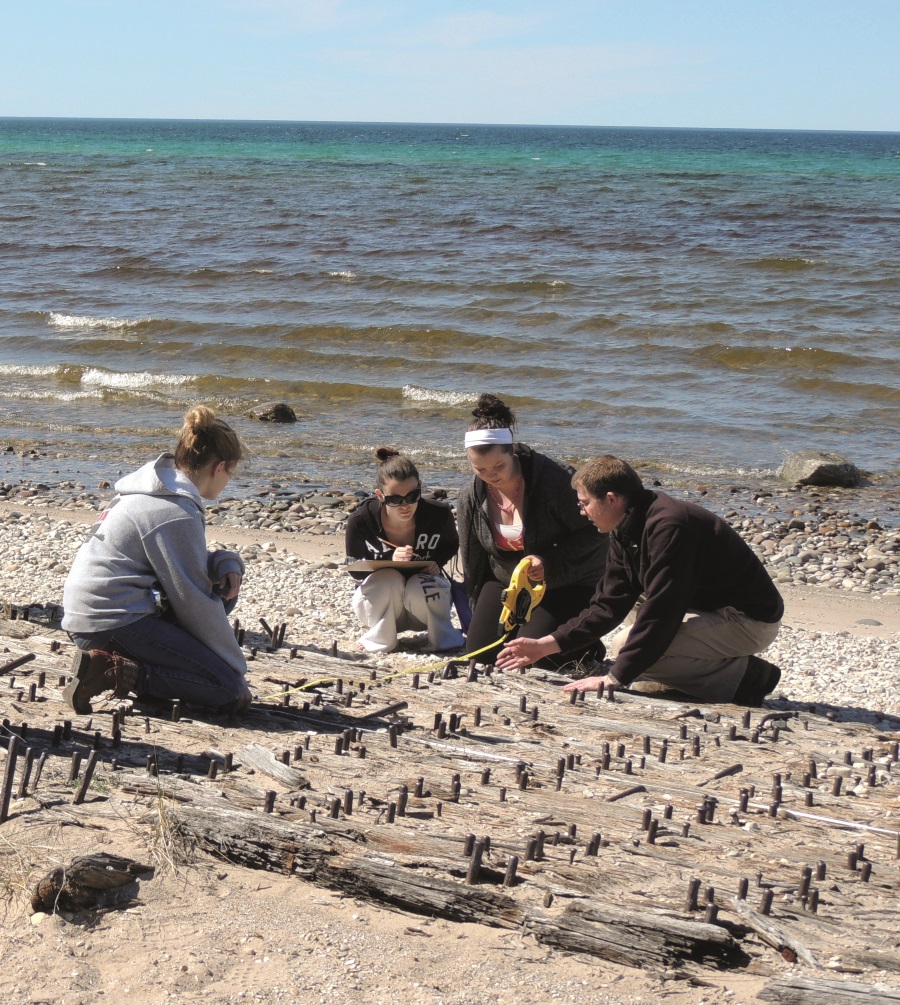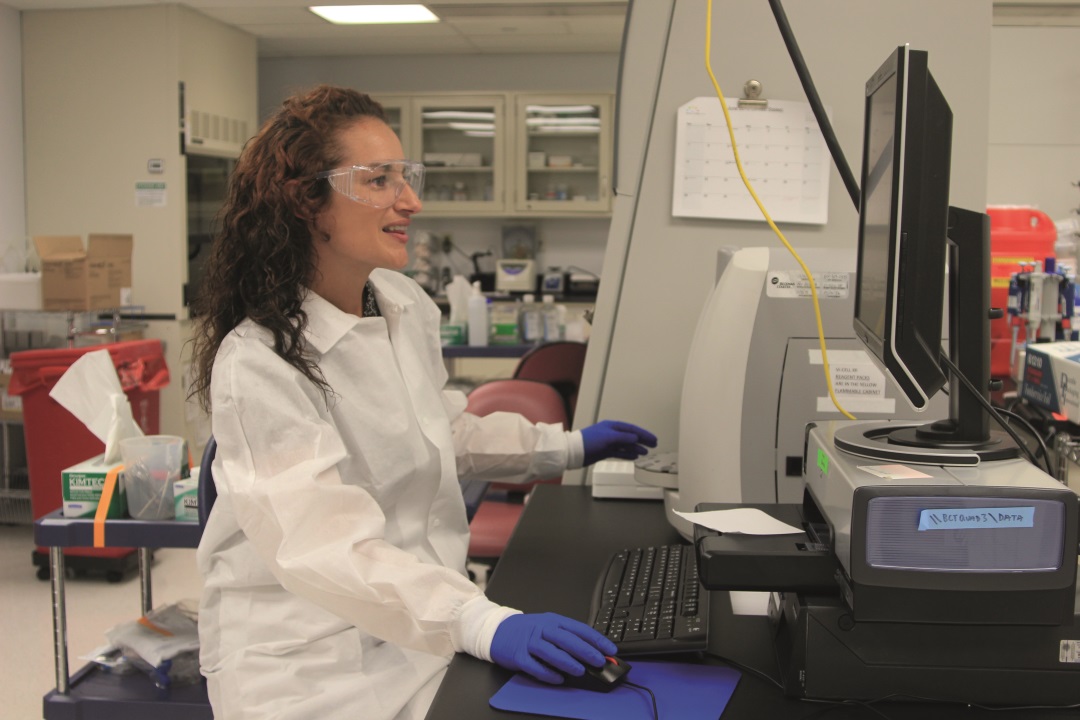Science beyond the school gates
Connected Science Learning is one of the National Science Teachers Association’s five journals, and its analysis of external STEM education programmes is proving just how important it is to push science learning beyond the school gates. Dennis Schatz, NSTA President-Elect and Field Editor of Connected Science Learning explains
CONNECTED SCIENCE LEARNING (CSL) IS A JOURNAL, PUBLISHED BY THE NSTA AND ASSOCIATION OF SCIENCE-TECHNOLOGY CENTERS, THAT HIGHLIGHTS THE CONNECTION BETWEEN LEARNING SCIENCE IN AND OUT OF CLASSROOMS. WHY IS IT IMPORTANT TO RECOGNISE AND NURTURE THIS CONNECTION?
The value of connected science learning is well documented in the first Research to Practice article in Issue 1 of the journal. It highlights how learning occurs across physical settings, social interactions, value systems and histories – including learning over time, throughout the day, week and lifespan. An illustration in the aforementioned article does a nice job of showing the many ways and places learning occurs:

Effective STEM learning should take advantage of the time out of school to build a lifelong enthusiasm for STEM, as well as give our youth the skills needed to be successful members of the modern workforce.
WHEN WAS CSL SET UP, AND WHO IS IT AIMED AT? WOULD YOUNG PEOPLE BE INTERESTED IN READING A COPY?
CSL started with a National Science Foundation (NSF) award, granted in 2014. The first issue was published in March 2016. It is aimed at STEM programme developers in both schools (e.g. science specialists, district science coordinators) and out-of-school settings (e.g. museums, afterschool programmes). In addition, the journal is useful to policy makers, corporations, foundations and others seeking to identify, advance and invest in STEM education. It is not a journal that many young people would find interesting.
WHAT MOTIVATED ITS LAUNCH?
Leaders at NSTA and NSF realised that educators (both in and out of school) needed to see effective in- and out-of-school STEM learning programmes in order to appreciate their value.
Place-based education © NEMIGLSI
Dragonfly Detectives. Photo courtesy of Christine L Goforth
Stephanie Spiris, RET programme. Photo courtesy of Robert Payo and Meg John
CONNECTED SCIENCE LEARNING (CSL) IS A JOURNAL, PUBLISHED BY THE NSTA AND ASSOCIATION OF SCIENCE-TECHNOLOGY CENTERS, THAT HIGHLIGHTS THE CONNECTION BETWEEN LEARNING SCIENCE IN AND OUT OF CLASSROOMS. WHY IS IT IMPORTANT TO RECOGNISE AND NURTURE THIS CONNECTION?
The value of connected science learning is well documented in the first Research to Practice article in Issue 1 of the journal. It highlights how learning occurs across physical settings, social interactions, value systems and histories – including learning over time, throughout the day, week and lifespan. An illustration in the aforementioned article does a nice job of showing the many ways and places learning occurs:

Effective STEM learning should take advantage of the time out of school to build a lifelong enthusiasm for STEM, as well as give our youth the skills needed to be successful members of the modern workforce.
WHEN WAS CSL SET UP, AND WHO IS IT AIMED AT? WOULD YOUNG PEOPLE BE INTERESTED IN READING A COPY?
CSL started with a National Science Foundation (NSF) award, granted in 2014. The first issue was published in March 2016. It is aimed at STEM programme developers in both schools (e.g. science specialists, district science coordinators) and out-of-school settings (e.g. museums, afterschool programmes). In addition, the journal is useful to policy makers, corporations, foundations and others seeking to identify, advance and invest in STEM education. It is not a journal that many young people would find interesting.
WHAT MOTIVATED ITS LAUNCH?
Leaders at NSTA and NSF realised that educators (both in and out of school) needed to see effective in- and out-of-school STEM learning programmes in order to appreciate their value.
WHAT DOES THE JOURNAL OFFER TEACHERS THAT THEY MAY NOT FIND ELSEWHERE?
There is no one place where educators can learn about STEM learning programmes that bridge between in-school and out-of-school venues. CSL provides this resource. Moreover, CSL specifically focuses on the methods, resources and even the challenges associated with developing programmes that connect in-school and out-of-school STEM learning. This focus is not seen in other websites or publications.
HOW POPULAR IS CSL?
Much of 2016 and 2017 were experimental years to develop the publication approach and look. Formative evaluation showed there was interest in the journal’s subject area not covered by other media. We were delighted that in the first six months of this year, CSL saw a more than 10% increase in subscribers – from 3,500 to 3,914. In addition, the number of active users (number of unique visitors per month) increased by 36% from approximately 1,400 to 1,900, according to Google Analytics (see the graph below):

HOW DO YOU ACCESS THE JOURNAL AND HOW OFTEN IS IT PUBLISHED?
It is an online journal that can be found on the NSTA website at http://csl.nsta.org. You can also find more information about the journal, including the Call for Contributions and Submission Guidelines: https://www.nsta.org/publications/csl/. Four issues are published each year, with each issue serialised into three parts, so that a selection of articles is published every month.
EASY AS ONE-TWO-THREE
All of the programmes featured in CSL are truly inspirational. These three initiatives – all the subject of CSL articles – illustrate just how successful out-of-school learning can be for fostering an interest in STEM
GREAT LAKES STEWARDSHIP INITIATIVE – NORTHEAST MICHIGAN
“Imagine kids whose classrooms are their neighborhoods, who are engaged in hands-on projects that help them create change right where they live.” This is the mission statement on the homepage of the Great Lakes Stewardship Initiative (GLSI). It is also the thinking behind place-based education – a process that connects students with their local environment by addressing real community issues whilst also meeting rigorous education requirements.
CSL focused on one of the Initiative’s nine regional hubs – Northeast Michigan GLSI – and used cases studies to show how place- based education can meet the region’s literacy goals as well as provide environmental science, technology, engineering and maths opportunities.
https://greatlakesstewardship.org
DRAGONFLY DETECTIVES
An afterschool citizen science programme for children aged 9-14, Dragonfly Detectives’ aim is to turn North Carolina’s kids into scientists. Set up by the North Carolina Museum of Natural Sciences, the programme gets students to do what it calls REAL science: “The kind of science where we don’t know all the answers and will learn brand new things about our world from the information we gather together”.
CSL took an in-depth look at the Dragonfly Detective’s delivery and outcomes, concluding that the programme effectively engages children in authentic science.
https://dragonflydetectives.wordpress.com
COLORADO BIOSCIENCE INSTITUTE – RESEARCH EXPERIENCE FOR TEACHERS
The idea behind Research Experience of Teachers (RET) programmes is to give teachers first-hand knowledge of what it’s like to do science in the real world. By having an opportunity to work with scientists in their labs, teachers can then translate their experience to the classroom – with help from programme experts.
CSL explored Colorado Bioscience Institute’s RET programme, which not only supports middle and high school teachers, but also offers mentoring for undergrad and graduate students, as well as leadership and workforce development trainings for science professionals at any stage in their careers.
 ABOUT DENNIS SCHATZ
ABOUT DENNIS SCHATZ
“When elected this year, I committed to three years as President-Elect (2018-2019), President (2019- 2020) and Retiring President (2020-2021). Much of this year will be spent learning the multiple responsibilities of the President. In addition, it is a time to represent the National Science Teachers Association (NSTA) in a number of professional venues, to assign new members to NSTA committees and organise next July’s National Congress on Science Education.”
 ABOUT THE NATIONAL SCIENCE TEACHERS ASSOCIATION
ABOUT THE NATIONAL SCIENCE TEACHERS ASSOCIATION
The Arlington, VA-based National Science Teachers Association is the largest professional organisation in the world promoting excellence in science teaching and learning, pre-school through to college. NSTA’s membership includes approximately 50,000 science teachers, science supervisors, administrators, scientists, business representatives and others involved in science education.




